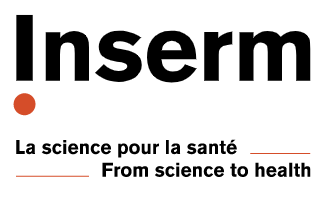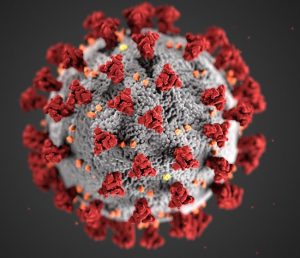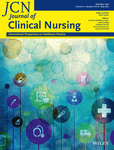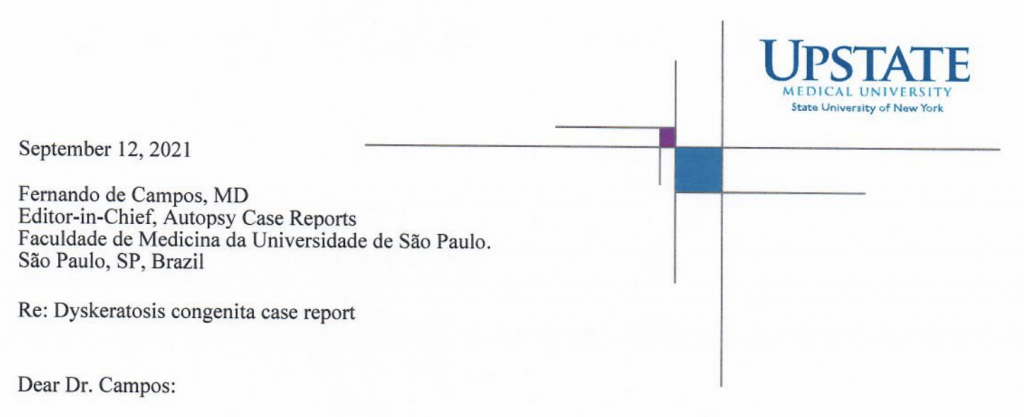A group of nanotechnology researchers in Iran is up to nine retractions after losing four papers in a go for problematic figures.
The work was led by Abolfazl Akbarzadeh, a medicinal chemist at Tabriz University of Medical Sciences, who has spent time as a visiting professor at Boston University and UCLA. Commenters on PubPeer including Elisabeth Bik and “Hoya camphorifolia” have raised questions about the papers, with posts dating back to November 2020.
The latest retractions involve articles that appeared in Artificial Cells, Nanomedicine, and Biotechnology, a Taylor & Francis title. Evidently, the papers appear to have had…artificial data.
Continue reading Nanotech group up to nine retractions








